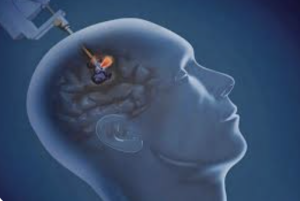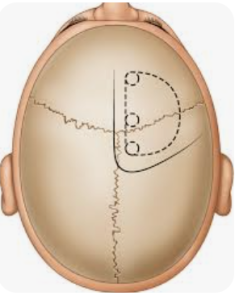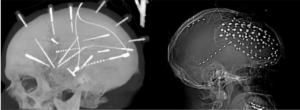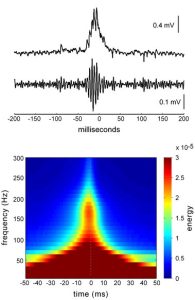In a prospective multicenter registry (LAANTERN), observational cohort Landazuri et al. from the University of Kansas Medical Center, Kansas City; Washington University, St. Louis; Duke University, Durham; University of Louisville, Nashville; Norton Health Care, Louisville; UT Southwestern, Dallas; Mount Sinai, New York; Yale, New Haven; University of Pittsburgh; UC San Diego; UAMS, Little Rock; Northwestern, Chicago; United Children’s St. Paul; Geisinger, Danville; AdventHealth, Orlando. published in JAMA Neurology to evaluate seizure outcomes, procedural safety, and QoL following laser interstitial thermal therapy in drug‑resistant mesial temporal lobe epilepsy. Over 50% of patients achieved Engel I or ILAE 1/2 seizure freedom at 2 years with mild, transient adverse events and QOL improvement in this large real‑world cohort
Critical Review
-
Strengths:
-
Largest prospective, multicenter US LITT registry for MTLE with 145 participants and extended 2‑year follow‑up
-
Rigorous real‑world data from 15 level IV epilepsy centers, with both adult and pediatric patients
-
Comprehensive data on procedural metrics (e.g., ablation volume, operating time, LOS) and seizure/QoL outcomes
-
-
Limitations:
-
No surgical comparator arm (e.g., open anterior temporal lobectomy), limiting comparative effectiveness assessment
-
Potential selection bias: centers specialized in LITT pathways and inclusion criteria requiring ≥6 months follow‑up
-
Heterogeneous etiology (MTS vs MRI‑negative) may mask subpopulation differences; no predictors of outcome identified
-
Median follow‑up limited to 2 years; long‑term seizure freedom and delayed complications remain unclear
-



